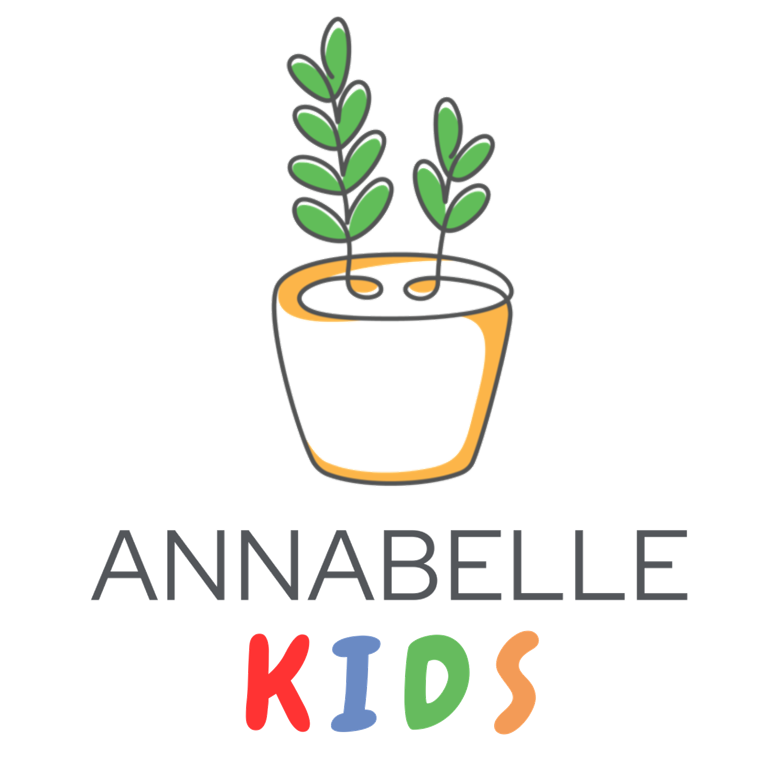Neurodevelopmental Disorders
Down Syndrome
What is it?
Down syndrome, or trisomy 21 if you want to be technical, is a genetic disorder in which a person is born with an extra chromosome 21.
It is known as a syndrome because it involves birth defects in multiple organ systems, such as heart defects, respiratory problems, and anomalies in the muscular, digestive, and immune systems, as well as mild to severe intellectual disability. In fact, Down syndrome is one of the most common genetic causes of intellectual and learning disabilities in children.
The associated intellectual disabilities also leave them susceptible to a range of mental disorders such as anxiety, obsessive-compulsive, and attention-deficit hyperactivity disorders.
Causes
Down syndrome occurs in children of all races, nationalities, and socio-economic backgrounds. The condition cannot be prevented, but it can be detected with specialised diagnostic tests from as early as the first trimester of pregnancy.
While studies have shown that older mothers are more likely to give birth to a child with Down syndrome, it is also claimed that more than 80% of babies with Down syndrome are born to women under the age of 35. An example of other risk factors includes having had at least one child with Down syndrome.
As far as our knowledge goes, there are no behavioural or environmental factors, be it before or during pregnancy, that can cause or prevent Down syndrome.
How does Down Syndrome Look Like?
It is often easy to identify a child with Down syndrome due to their distinctive physical features that arise from the condition, including a round flat face; almond-shaped and upwardly slanted eyes; a small nose, mouth, and ears; a large tongue that tends to protrude out of the mouth; short and wide neck; a shorter stature; and short and stocky limbs. As a result, the condition can usually be diagnosed as soon as a baby is born.
Contrary to the popular belief that children with Down syndrome usually have more agreeable and affectionate dispositions, they are unique individuals that possess a vast spectrum of personality, just like the rest of us.
Interventions
Being a genetic condition and a neurodevelopmental disorder, Down syndrome cannot be fully cured. However, children with the condition can be supported to realise their full potential by improving their physical and intellectual abilities.
This can be achieved through early intervention programmes such as physical, speech, and behavioural therapies, which allow children with Down syndrome to pick up self-help skills, practise socially acceptable behaviours, and skills that enable them to contribute in a family or institutional setting.
Examples of such services in Singapore include the Infant Toddler Programme (ITP), Integration Facilitation Support Programme (IFSP), and Educational Enhancement Programme (EEP) provided by Down Syndrome Association (DSA) Singapore.
How can I support my child with Down Syndrome?
One of the most important aspects of caring for a child with Down syndrome is to educate ourselves on the condition so that we can better relate to them. Here are a few common behaviours and mannerisms displayed by children with Down syndrome, and the appropriate response from parents.
Ψ Children with Down Syndrome often talk to themselves in an effort to process information and make sense of the world, and sometimes even just to entertain themselves. They may think aloud about topics such as an event, their day or a problem they are facing. Most of the time, this behaviour is completely normal and there is nothing to worry about. It is sometimes useful, however, to tune in to their self-talk to learn more about what is going on in their life and to detect any troubles that they may have run into.
Ψ Children with Down Syndrome are naturally inclined towards order and routine as they provide them a sense of security and control in their lives. Parents should avoid making the mistake of attributing these tendencies to stubbornness and rigidity. Instead, parents could leverage on their child’s proclivity for schedules to impart in them important life skills, such as brushing teeth and getting dressed. For instance, consider creating a daily routine out of these daily chores and helping your child stick to it. Remember to break tasks up into small steps and be patient in supporting your child in carrying out these tasks.
Ψ Due to delayed speech and language development, children with Down Syndrome may be slower to respond to what you are saying as they struggle to conjure up the right words to express themselves. Try to be patient and speak slowly and in simple terms when conversing with them.
Because intellectual disability is one of the defining features of Down Syndrome, support strategies for children with intellectual disabilities are also suitable for children with Down Syndrome.
It is important to give your child ample control over their life. As an example, consider letting your child make their own choices whenever it is appropriate, such as letting them choose which pyjamas to wear for the night. Also, resist the urge to jump into action and help your child fix their problems whenever they encounter one. Instead, guide them to the solution and encourage them to solve their problems themselves. While it is almost second nature for parents to protect their child, it is crucial to give your child sufficient opportunity to discover their strengths and realise the extent of their ability.
With the right support, children with Down Syndrome can attend school, hold a job when they reach adult age, establish meaningful relationships, contribute to society, and lead meaningful and productive lives.

